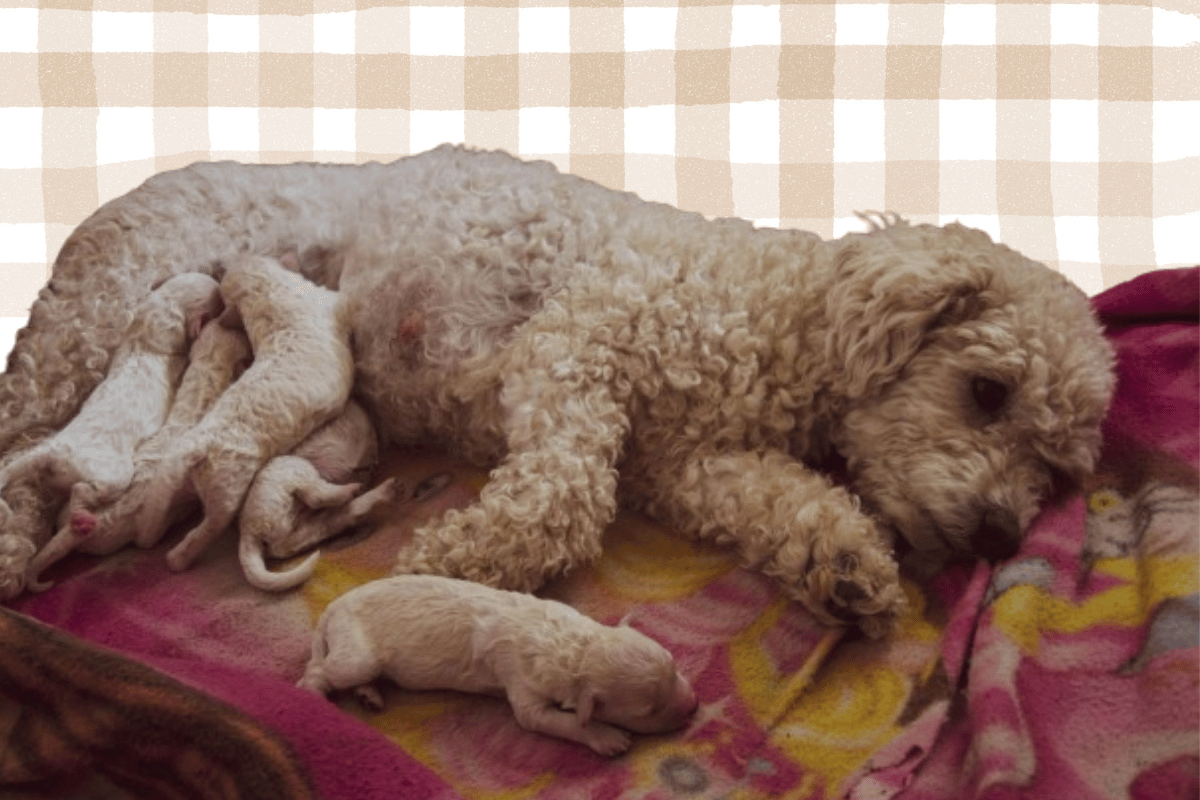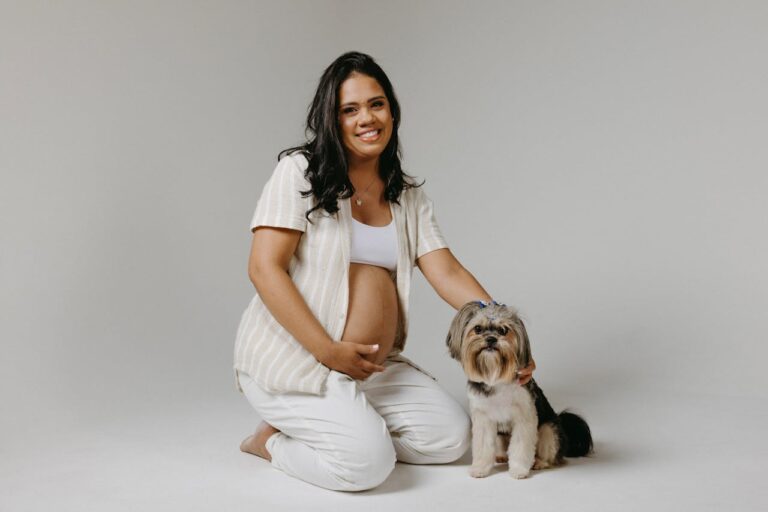If you find yourself caring for a pregnant dog, it’s natural to feel both excited and a little nervous. Understanding her needs during this time can help ensure a healthy, smooth experience for her and her puppies.
Supporting Your Pregnant Dog
Providing proper care during pregnancy is crucial to your dog’s health and the well-being of her puppies. Feed her a balanced, nutrient-rich diet, and ask your vet about any additional supplements that might support her needs. Pregnancy can be physically challenging, so giving her a little extra affection and attention can help keep her comfortable.
If she spends time indoors, consider keeping her away from the kitchen when using the microwave, just to be cautious. Reassuring her with calm energy will help her navigate the changes her body is going through.

Preparing a Whelping Box
A dedicated whelping box offers your dog a safe and comfortable space when she’s ready to give birth. If you’re handy, it’s relatively easy to build one yourself. Aim for a box about 5 feet square for larger dogs to give her and the puppies enough space. Include a protective rail inside so the puppies don’t get trapped against the wall. It’s best to place the whelping box directly on linoleum, which is easy to clean and keeps everything simple.

Understanding the Gestation Period
To estimate her due date, start counting from the day she was bred. The typical gestation period is between 59 and 63 days. Around day 59, begin checking her temperature twice daily with a rectal thermometer. Her normal temperature is between 100.5°F and 102.5°F, but it will gradually drop as labor approaches. When it falls below 99°F, she’s likely to give birth within the next 12 hours.
Signs of Labor and Whelping
As she gets ready to give birth, your dog may seem restless, frequently shifting positions or scratching at the lining of her whelping box. This behavior is normal as she tries to create a comfortable space.
During whelping, she should naturally remove the membrane from each puppy as it’s born. You may need to assist by cutting the umbilical cord about an inch from the puppy and dipping it in iodine to prevent infection. If the cord bleeds, tie it off gently with dental floss. It’s normal for her to eat the afterbirth of one or two puppies, though more could upset her stomach. The whelping process can take several hours, and she should be able to handle it on her own, but if there are any complications, reach out to your vet or local animal hospital right away.
Caring for Newborn Puppies
Newborn puppies need to be kept warm and cozy. If you have electric heating, maintain the room temperature around 80°F. Avoid heating pads, as they can easily overheat and are unsafe for young puppies. A heat lamp can work well, as long as it’s positioned safely and your dog has a cooler spot nearby to rest comfortably. Soft, warm fabrics like old sweaters or blankets in the whelping box can help keep the puppies snug without risk.
When to Call the Vet
Throughout your dog’s pregnancy and whelping, there are times when professional support is essential. Knowing when to call the vet can prevent complications and help ensure a healthy outcome for both mother and puppies. Contact your vet if you notice any of the following:
- Unusual Discharge: Any green, dark, or foul-smelling discharge before labor begins could indicate an infection or distress in the puppies. Call the vet immediately if you see this.
- Excessive Bleeding: A small amount of blood is normal during delivery, but heavy bleeding is a warning sign that requires veterinary attention.
- Delayed Labor: If your dog has been in active labor (straining) for more than 30 minutes without delivering a puppy, or if more than two hours pass between puppies, contact your vet as she may need assistance.
- Prolonged Pregnancy: If your dog goes beyond 63 days of pregnancy without signs of labor, a vet check is advised to ensure everything is progressing safely.
- Weak or Lethargic Puppies: Puppies that appear weak, cold, or aren’t nursing may need medical care. Puppies are fragile, and early intervention can make a big difference.
Your vet is there to support you and your dog during this process, so don’t hesitate to reach out whenever something doesn’t seem right. Quick action can make all the difference for the health and safety of both mom and pups.









